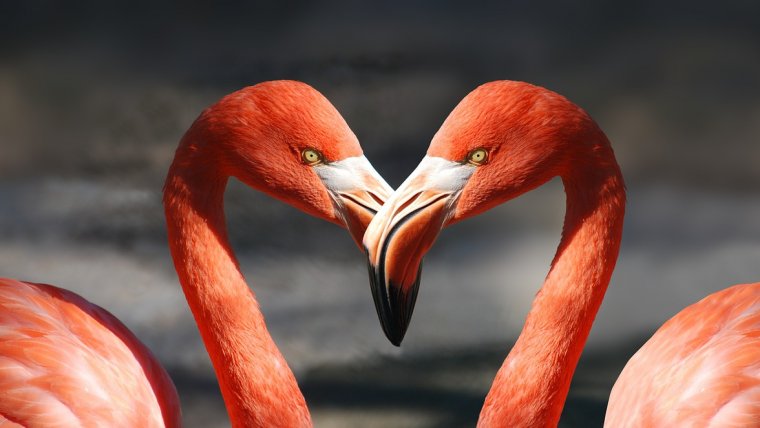
Flamingo photography is challenging. Flamingos may make tacky lawn ornaments, but they inspire tremendous photography. These vivid pink flocks are rebounding in pop culture, and natural developments have made them more accessible for photographers who can’t travel to other parts of the world. Getting pictures of these delicate beauties isn’t always the easiest task, though. Here, we’ll go over the basics every photographer needs in order to prepare for a flamingo shoot and nail perfect flamingo photography. We’ll discuss location, how patience helps you find the right shot, and offer up a few technical suggestions to help you get some great photos.
Table of Contents
While you could always go to your local zoo and take photos of a few flamingos standing in a shallow pool, most photographers prefer to chase more exciting images. If a zoo is your only option, though, there’s certainly nothing wrong with that. At the very least, it gives a wonderful opportunity to practice timing and the technical aspects of photographing flamingos, which we’ll discuss later.
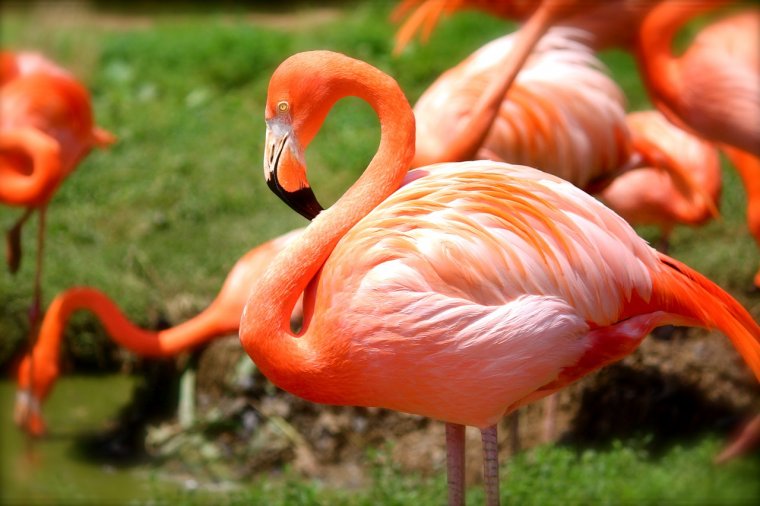
If you have the chance, at least try to catch flamingos in a free range environment. Many states have large, open enclosures, or limited free range environments for their animals. With permission, a photographer could set up in the enclosure itself to take a wider range of photos than a typical flamingo exhibit at a zoo would allow.
Ultimately, however, the best place to shoot flamingos is in their natural habitat. In the United States, that means heading to Florida. A hundred years ago, flamingos were much more common, but due to a series of factors, both known and unknown, they became a rarity. In the past few years, however, they’ve returned, and while wildlife photography is never exactly an easy exercise, it’s much less challenging now.
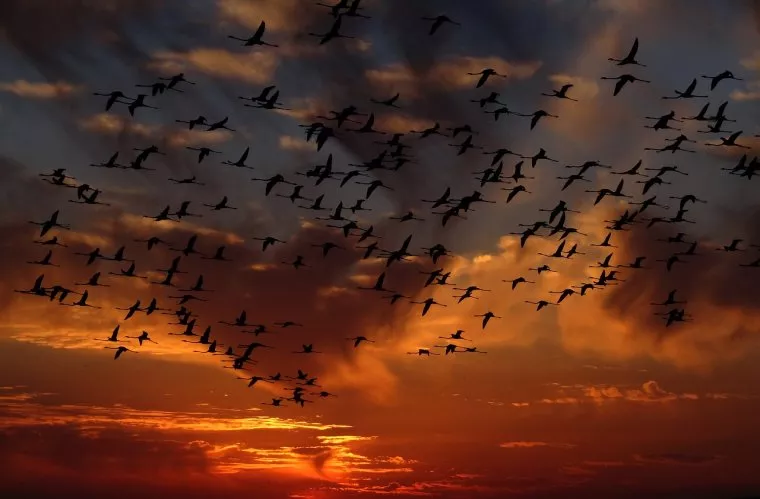
Flamingos are migratory, and unlike birds such as Canada geese, they don’t always return to the same locations. If you’re planning a road trip, check ahead of time with local newspapers, birdwatchers, and even other photographers to see where the flamingos are actually staying. Usually the Everglades National Park is a safe bet. Still, it pays to do your research. That research can also tell you where in the massive park you are mostly likely to meet some fine pink fellows.
Flamingo photography can be tricky as flamingos may not be as active as many smaller kinds of birds, but they’re still wild animals, and it takes patience to get even one good shot. Go out early, and expect to stay relatively late. Birds will become more comfortable with your presence the longer you’re there without incident. A zoom lens is a magical thing, but you still need to get fairly close for the best shots.
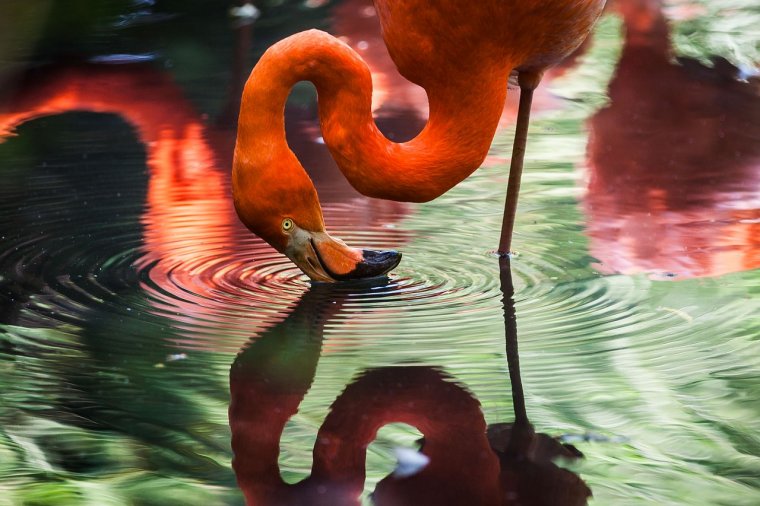
Flamingos are social birds, and many of the most dazzling flamingo photographs are of their largest migratory flocks. Working with a group of animals is many times more frustrating than working with one or two, of course, so be ready for the challenge. You will take a lot of shots, but only a few will turn out the way you want them to. Wait for the right moment. You don’t have to press the shutter even once in five minutes, 15 minutes, or even an hour.
The best way to shoot with a large number of animals is almost always to isolate a single individual within the mass. That doesn’t mean you crop out the other birds, but your image needs a focal point, and shooting a group of animals like they’re a landscape rarely produces quality photos. Look for active areas. Don’t be tempted to just snag photos of flamingos at rest. Find an individual or group that is doing something and let your photo develop a story.
When you’re photographing any kind of bird, you should focus on the head and eye. The eye will often reflect or gain highlights from a flash, which makes for a more dynamic image. Keeping your camera at or around the bird’s eye level also enhances the angle of your shot. Think of it as portrait photography.
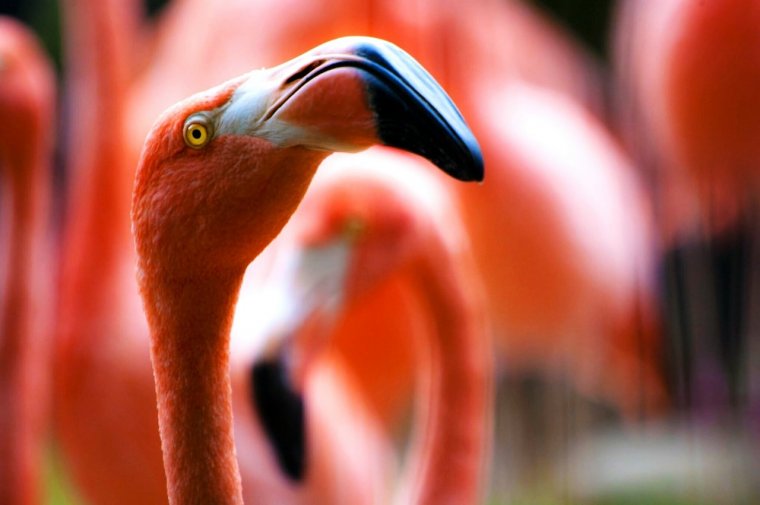
Whenever you’re photographing animals, you need to make sure your shutter speed and aperture settings are prepped for moving targets. You can use slow-moving or even still animals for practice shots, too. You may get a good image from your warm ups, and it’s always rewarding when your first pictures of the day don’t all come out with blurry motion smears.
Flamingos are simultaneously elegant and comical. Their long legs and necks evoke swans and cranes, but their wild coloring, awkward walk, and crooked beak add a distinctly more laughable characteristic. They offer photographers a goldmine of opportunities. Now that they’re closer and more common than ever, it’s possible for more photographers to try taking pictures of flamingos in the wild. Whether you have a chance to meet them in the wild, or have the limited access afforded by zoos, use patience, look the birds in the eye, and have fun.
Comments (0)
There are no comments yet.